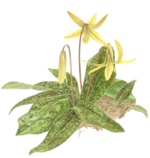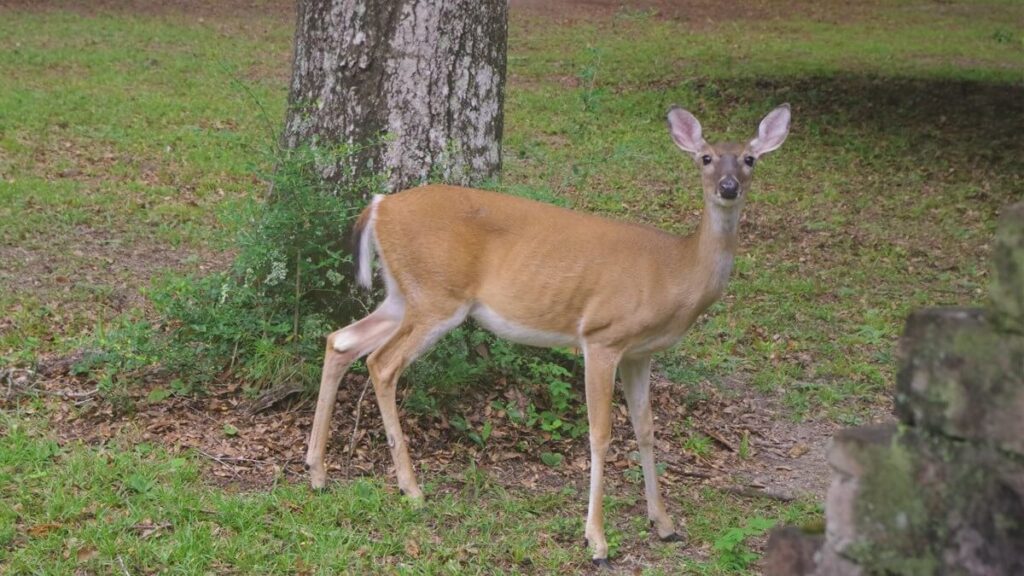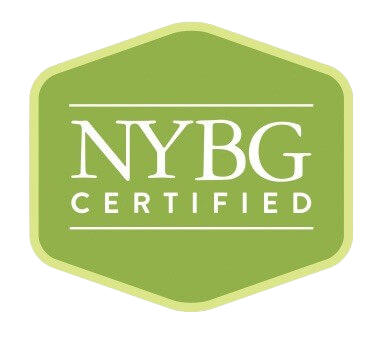A client recently sent me a link to an article he found online about deer proofing his garden. Unfortunately, just about every suggestion in the piece was factually incorrect, or almost always unsuccessful. The awful truth is that there is no such thing as a deer proof garden. Unless you fence it. There are however, a few ways to minimize the damage that deer will do.
First, learn which plants deer tend to avoid. Rutgers University publishes a comprehensive list of plants, ranked by preference, that deer prefer. https://njaes.rutgers.edu/deer-resistant-plants/
Since deer don’t read the list, the ranking is not guaranteed. Different herds in different locations will eat plants that other deer avoid. All bets are off during a harsh winter when wild food is scarce. However, over my years of gardening for myself and designing and installing gardens for others, I have found this list to be the most reliable indicator of plants to grow in deer country.
Contrary to my client’s article, deer don’t avoid plants with prickly leaves. In fact, English and Chinese Holly- with their sharp leaves- is deer favorite. I have seen them chewed to the ground on more than one occasion. Consider American Holly (Ilex opaca), Inkberry (Ilex glabra) or Boxwood for a deer resistant evergreen.
Deer also tend to avoid plants in the mint, garlic and onion families. Besides the obvious herbs, this includes beautiful pollinator perennials such as all the varieties of flowering Sage (Salvia), Catmint (Nepeta), Bee Balm (Monarda), Ornamental Onion (Allium), and Hyssop (Agastache). Most Spring bulbs, (except for Tulips), ornamental grasses and ferns are disliked by deer. A good local nursery can provide you with a listing of other flowers, shrubs and trees that are resistant to deer in your area.
I have tried, without success, to insulate and surround deer favorites (Hosta, Daylilies, Roses) with some of these strongly scented plants. It has never worked. Neither has stringing garlic bulbs or Irish Spring soap around the garden, peeing among the flower beds, or hanging human or dog hair in the garden. Really noxious deer repellent sprays like Bobex do work if used frequently. But after time, the deer will get used to the smell and you’ll need to change brands to keep them at bay. A few companies have proprietary products that they will apply to your property. Ask your neighbors for a recommendation.
I don’t advocate electric fences because I value children and other wildlife more than I dislike deer. Similarly, motion-activated lights and sprinkers have negative impacts on birds and other wildlife that make them unacceptable to me.
So, what to do if you don’t want to surround your property with fencing? (Thereby pushing the deer problem off on your neighbors.)
I have found that by observing the habits of your resident deer you can often identify the route they take across your property. If they consistently follow the same trail, try planting some deer favorites away from that path. Start small. They rarely stray from their habitual route and you may be able to take advantage of their ingrained behavior.
If your property is overwhelmed by deer, you can still have a gorgeous garden by planting large swathes of the native grasses, ferns, perennials and shrubs that they generally avoid. Spray everything for the first few weeks after planting since the deer are likely to try out anything new. Follow-up with deer sprays as needed. And accept reality. The deer were here first.
Good luck!










